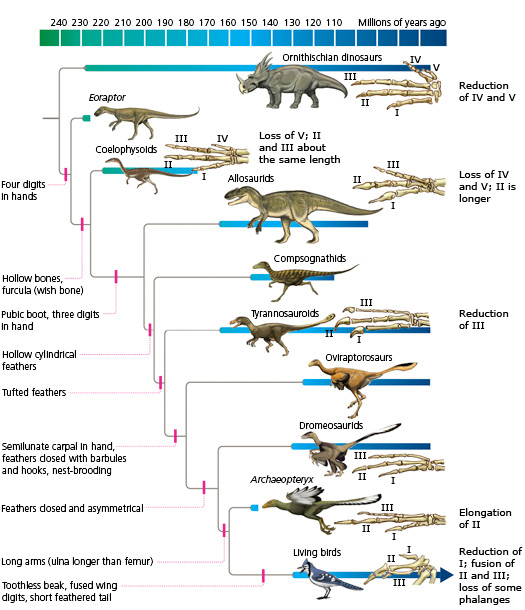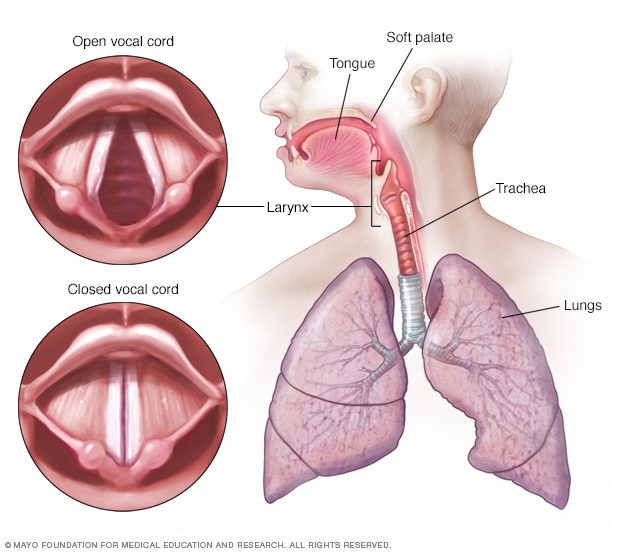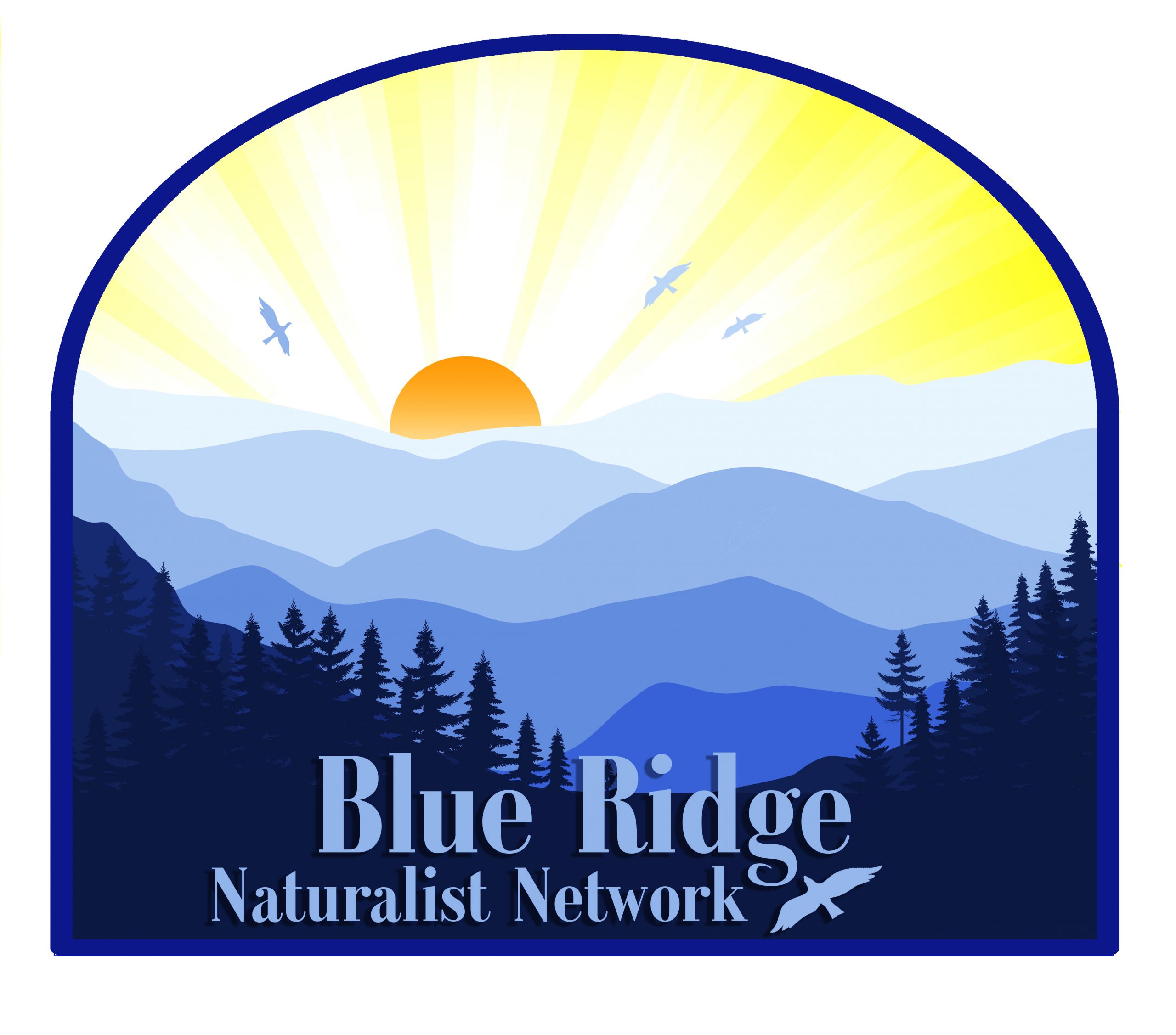Bach and Songbirds

by Linda Martinson
Blue Ridge Naturalist
I have spent the past several weeks wandering the wild shores of Baroque music, especially Bach’s. It is humbling; I am proficient at playing only some of his intermediate piano pieces. Music is the youngest of arts and, even though Bach lived only about three hundred years ago (from 1685-1750), he was one of the earliest of the great musicians. His incomparable genius and talent are obvious and astonishing even if you are only scratching the surface of his most accessible music.
Bach not only wrote a prodigious collection of profound and powerful music, he also developed a method of tuning the clavichord (a very early keyboard instrument) that is now used for all keyboard instruments. The high development of modern music rests on Bach’s genius, style of composing, and method of tuning. Bach also explored harmony much more deeply than other composers of the time, and he added jazzy chords and unexpected dissonance to his music. The songs of many birds also reflect a high development of vocal music production and give us unexpected aural surprises.
Bach’s lifespan was just a heartbeat ago compared to the evolution of birds. Approximately sixty-six million years ago, during the Cretaceous-Tertiary (K/T) extinction, 75% or more species of the plant and animals on Earth perished from the aftermath of a massive comet that smashed into Earth and stopped photosynthesis in plants and plankton, eventually devastating the global environment. Perhaps the most striking loss was of all the non-avian dinosaurs, but several species of mammals, marine reptiles, fish, sharks, lizards, insects, plants and most archaic birds also were destroyed. This devastating extinction provided new evolutionary opportunities, however, and many surviving species rather quickly began to diverge into new forms, mammals in particular (e.g., horses, whales, bats, and primates), but also birds, fish, and some reptiles.
The dinosaurs that survived were the Theropod dinosaurs that had evolved with feathers, initially for heat regulation but eventually for primitive flight. Apparently these dinosaurs survived the K/T extinction because they could soar, dive, swim or seek shelter in water or marshy areas and build burrows or nest in holes for shelter. So in reality, the only dinosaurs that survived were these “dinobirds”, i.e., the small Theropod dinosaurs most closely related to birds. Birds, therefore, can be considered the last surviving dinosaurs. That description, however, is too simple. Here is a description and a visual representation illustrating that, “The birds are simply a twig on the dinosaurs’ branch of the tree of life.”

Because the evolution of birds began long ago, there are now thousands of species of birds and their characteristics are singularly adaptive and highly refined. One of their most distinctive characteristics (besides flying, of course) is that birds are vocal. All birds vocalize with calls, songs or vocal noises like caws or hoots. Bird calls are short, simple and instinctively innate; in general, birds call to identify themselves or to warn. However, the songbirds (and mostly the males) not only make bird calls, they also sing to stake out or defend territory and to seduce female birds perhaps by convincing them that they are vigorous, talented and innovative singers. And often they seem to sing just for the joy of it; to be entertaining and social; or even to comfort themselves. Birdsongs are different from bird calls; they are melodious to the human ear and they are relatively complex vocalizations. Although the urge for a bird to sing is undoubtably instinctive, the ability of a bird to learn and produce birdsong is not innate. It depends on a process of vocal learning that requires the skills to learn to imitate sounds and to extract acoustic information from the environment and then to use both for individual vocal production.
Vocal learning is rare in the animal world, achieved only by songbirds, hummingbirds, parrots, a few marine animals, bats, and only one primate, humans. Sophisticated vocalization is rare because it requires significant brainpower and energy and is rather risky, e.g., singing birds are easier for predators to find. Some obvious research questions are being investigated: Why is the cognitive complexity required for birds to learn to sing so similar to that of humans acquiring the skill of human speech? How is it possible for birds to achieve vocal learning with brains a thousand times smaller then our brains and when simply surviving among predators seems enough of a struggle without adding the physical toll of practice time and the exposure risk of singing loudly?
Johan Bolhuis, a neurobiologist from Utrecht University, addressed the conundrum of scientists comparing birdsong with human speech and language: “If we were looking for some kind of animal equivalent, wouldn’t we look to our closest relatives, the great apes? But the odd thing is, so many aspects of human speech are similar to the way that songbirds acquire their songs. In the great apes, there’s no equivalent at all.”
Almost half of the birds on Earth are songbirds, approximately four thousand species. Their song range from the repetitive chords of bluebirds to longer lyrical songs by blackbirds; to the lyrical female/male duets of the plain-tailed wrens in the Andes; to the amazing productions of mockingbirds and lyrebirds. Listen to this YouTube video to hear a lyrebird holding forth: “Lyrebird song – Stephen Powell Wildlife Artist”.

bing.com

Wikipedia.org
Although both humans and birds can vocalize, they have very different vocalization organs. Mammals, including humans, generally have a larynx (voice box), located at the top of the trachea (windpipe), which manipulates pitch and volume. Within the trachea are folds of tissue (vocal chords) that open for breathing and vibrate for speech or singing. When air flows across the vocal chords they can oscillate as fast as 440 times per second while holding the note of A above middle C. And whether we talk or sing, all the harmonics of our vocalizations move in the same direction, i.e., up our windpipe and out of our mouths.

The vocal organ of birds, however, is very different. It is called the syrinx and only birds have this unique vocal structure. Unlike our larynx, which sits on top of our windpipe, the syrinx is a delicate bony structure surrounded by an air sac and located deep in the chest of a bird where the trachea splits in two to send air to both bronchi. The syrinx of birds is an evolutionary novelty, i.e., a unique structure that developed without a link to any existing traits or structures in the previous evolutionary delineation of birds. And the syrinx is unusually well developed in songbirds.


There are no vocal chords in the syrinx, instead sound is produced through the vibration of the two syringeal membranes, one on either side of the walls of the syrinx. The surrounding air sac acts as a resonating chamber, and the difference in the way sound is produced by the larynx in humans versus by the syrinx in birds is analogous to the difference in sounds produced by a violin with strings (us with our vocal chords) versus by beating a kettle-drum (birds with their syringeal membranes and resonating chamber). The syrinx is a extraordinarily versatile vocal instrument; birds can alter their songs both by changing the tension within the syrinx (i.e., changing the pitch) and by changing the volume by moving air over the syrinx at varying speeds.
And there’s more: a bird’s syrinx is also a double instrument because it connects to both bronchi and each is capable of making unique sounds. So a songbird can sing two different notes at the same time, with different qualities, or even sing different songs, effectively creating a duet with itself. For example, a wood thrush can simultaneously use one half of its syrinx to sing rising notes and the other side to sing falling notes, and other birds can use one side for high notes and the other for low notes. Cardinals can switch from one side of the syrinx to the other in mid-note, and allegedly can whip through more notes than there are on a piano keyboard (usually 88) in just a fraction of a second. And canaries can breathe through one side of the syrinx and sing with the other. Many birds trill several notes per second by rapidly alternating notes one from one side of the syrinx to the other.
Nature Notes Bach and Songbirds August 2019
Birds vary in the complexity of their syringeal muscles just as they do in size, color, and almost everything else. There are an over 10,000 species of birds, many more than mammals (about 5500) or reptiles (about 8500). Birds range in size from ostriches (which weigh about 225-250 pounds) to hummingbirds (which weigh less than a tenth of an ounce). The adaptability and variety of birds is astonishing, and so are the characteristics of their ears. Bird ears are just tiny holes under the feathers on each side of the head, but the hair cells within their ears are ten times as dense as those in our ears and much more varied and acute. So birds can detect both high-pitched sounds beyond our range of hearing and the soft rustling of a single insect under a leaf. And if the hair cells of a bird’s ears are damaged, for example by a loud blasting noise or by a disease, they can regenerate unlike our ears which would never recover.
Ready for more? Some birds can speak human words and communicate with people on about the level of about a five-year-old child. Parrots, in particular, have superior vocal learning capability and can duplicate human speech quite well because they have thick tongues more like human tongues than bird tongues. They can form the sounds of words by making a preliminary sound from their syrinx and then modifying it in their throat using their thick muscular tongue. Other birds, like parakeets, use their syrinx to create a 2-3 Kilohertz carrier frequency by making a preliminary sound from one side of their syrinx and then modifying it with a second vibration to mimic human speech from the other side of their syrinx. This capability is comparable to the scientific system of frequency modulation which is the principle behind the sounds from FM radio.
Charles Darwin considered birdsong as the nearest analogy to human language, and there is a shared pattern of both gene expression and complex cognition involved in the vocal learning of both birds and human. Birds have an instinct to sing just as we humans have an instinct to speak, and birds must learn to sing their songs just as we must learn specific languages and how to produce socially acceptable music. Vocal learning in both species is acquired through a combination of instruction, listening, imitating, practicing and experimenting. Birds have tutors just as we have music teachers to help us learn to play musical instruments, and they learn their complex and unique songs with techniques similar to the ones I’m using to learn to play Bach preludes. Birds use an significant amount of time and resources to learn their vocal repertoire just as we do.
Shortly after they hatch, an adult bird, usually the father, begins to sing songs to the baby birds in their nest. Birdsong learning is a two-stage process similar to how we humans develop speech. First, young birds memorize a song sung repeatedly and with amazing accuracy by its tutor, and simultaneously they form an auditory memory or “template” in their brain (sensory phase). They then start translating their inner template of birdsong into their own singing by practicing the memorized song, comparing their song to their mental template, and then trying again and again and again. Vocal development begins early in a bird’s life. It is called the sensorimotor phase and it must be started during a sensitive period of development — after all, baby birds also have to learn to fly, too, and leave their nest within a few weeks.
Songbirds typically learn and continue to sing only the songs of their species. There are, however, some birds that practice and perform repeatedly even into adulthood and continually add new songs to their repertoire. And a few birds are virtuosos of song, for example, the mimic thrushes in the Mimidae family which include the northern mockingbird. They can imitate other birds’s songs, one after the other, in a lengthy improvisation and can even incorporate sounds like cell phone rings, car honks and the sound of construction equipment into their repertoire .
When I am playing my Bach preludes on my piano, I celebrate the evolution of the pianoforte and the genius of singular composers and performers. And when I stand on my deck in the morning and listen to the birds sing, I celebrate the great variety of birds and the complexity of their learning and performance of such varied and astonishing birdsong. And through the also amazing development of the Internet, we can listen to birdsong at will: search on YouTube for “The World’s Most Beautiful Bird Songs” and check out blackbird and wood thrush, two birds heard regularly at Richland Ridge. And then check out “Mockingbird Song Serenade” to hear the northern mockingbird which I have heard both in Brevard and near Earthshine at Richland Ridge.
References: 1. Ackerman, Jennifer (2016) The Genius of Birds. Penguin Books.
2. Wada, H. (2010) The Development of Birdsong. Nature Eduction Knowledge 2(10) 86
Eastern Meadowlark photo by James Poling






42 comments